Why Honeybees are a Menace to Society
December 15, 2021
First and foremost, I’m clearly not talking about all bees in this paragraph, just the ones that make honey for you. So before you cancel me on twitter, just hear me out. All of you naive people are giving sympathy to these bees dying out and try to help them, but little did you know, they are the reason many other pollinators are deeper into endangerment than them. To start this off, honeybees aren’t even from North America. 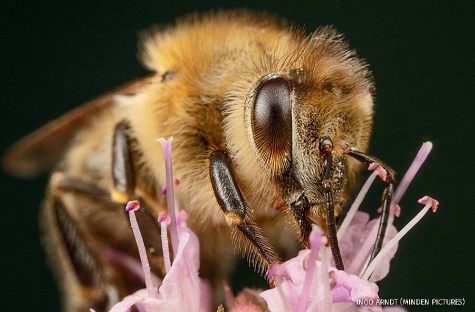 They’re an invasive species from Europe introduced in 1622. Land in America was thriving, how else do you think Native Americans survived? So hopefully, off of that you can see why I don’t really like these incels. You guys must be thinking, Oh, well. So what if honeybees aren’t from here? It’s not like they’re doing any harm. To that I say, educate yourself. According to Anihoa Magrach’s article, Honeybee spillover reshuffles pollinator diets and affects plant reproductive success, She states, “Honeybee spillover leads to a re-assembly of plant-pollinator interactions through increased competition with other pollinator species.”
They’re an invasive species from Europe introduced in 1622. Land in America was thriving, how else do you think Native Americans survived? So hopefully, off of that you can see why I don’t really like these incels. You guys must be thinking, Oh, well. So what if honeybees aren’t from here? It’s not like they’re doing any harm. To that I say, educate yourself. According to Anihoa Magrach’s article, Honeybee spillover reshuffles pollinator diets and affects plant reproductive success, She states, “Honeybee spillover leads to a re-assembly of plant-pollinator interactions through increased competition with other pollinator species.”
Because of this ‘honeybee spillover’ or the honeybee apocalypse, other pollinators have to compete with them. If all of them happen to die out, honeybees will probably be the only pollinators left and even though they are winning the competition, they would never be able to pollinate just by themselves. According to the article under this poster, “Disturbances such as habitat loss, climate change, and application of agricultural pesticides contribute greatly to diminishing populations and disrupt ecological interactions.” This means that some sort of creature is behind the scene, killing these creatures along with habitat, climate etc. My suspicion falls on honeybees. Of course, they could just play a small part in these creatures’ demise but that doesn’t mean that they don’t impact them at all. Since I need another way to tell you why honeybees are a menace, I’m gonna have you guys say, What about honey. It has so many good properties and these bees are the only ones that can make it. Obviously, I object. Sure, our western honeybees are the most known for making honey but there are other species according to Inverse.com, such as Stingless bees (Meliponini) which is a bee species that are adequate honey producers and some species of paper wasps, particularly or the Mexican honey wasps also store excess nectar in their cardboard nests which can be used for honey production.
So, you guys might be thinking, let’s let all the honeybees die out! Let’s not. I know, my rant was literally telling you to kill them, but still. They are already here anyway and it’ll take a very long time for our ecosystem to recharge from the loss. The environment did suffer and still is suffering from the honeybees but if we promote other pollinators and honeybees to create a balance, it’ll have a really ecologically sustainable effect with twice the pollination and twice the greenery to make a healthier earth for everyone.
Honeybee spillover- Magrach, A., González-Varo, J.P., Boiffier, M. et al. Honeybee spillover reshuffles pollinator diets and affects plant reproductive success. Nat Ecol Evol 1, 1299–1307 (2017). https://doi.org/10.1038/s41559-017-0249-9




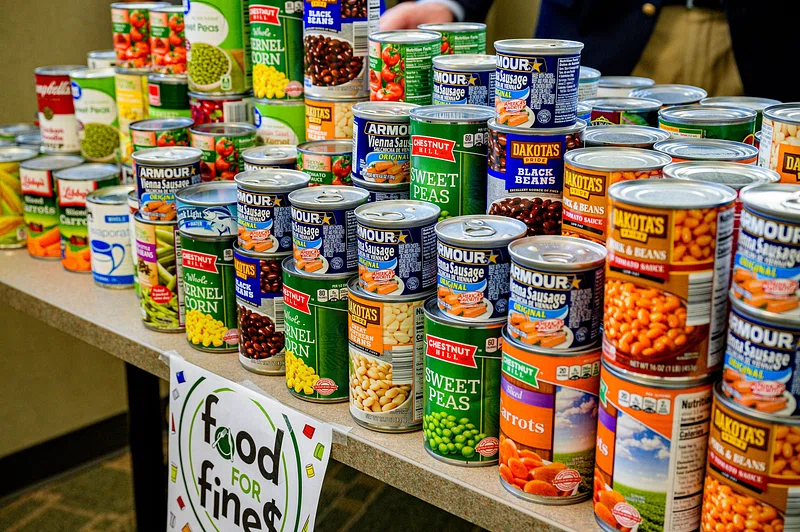




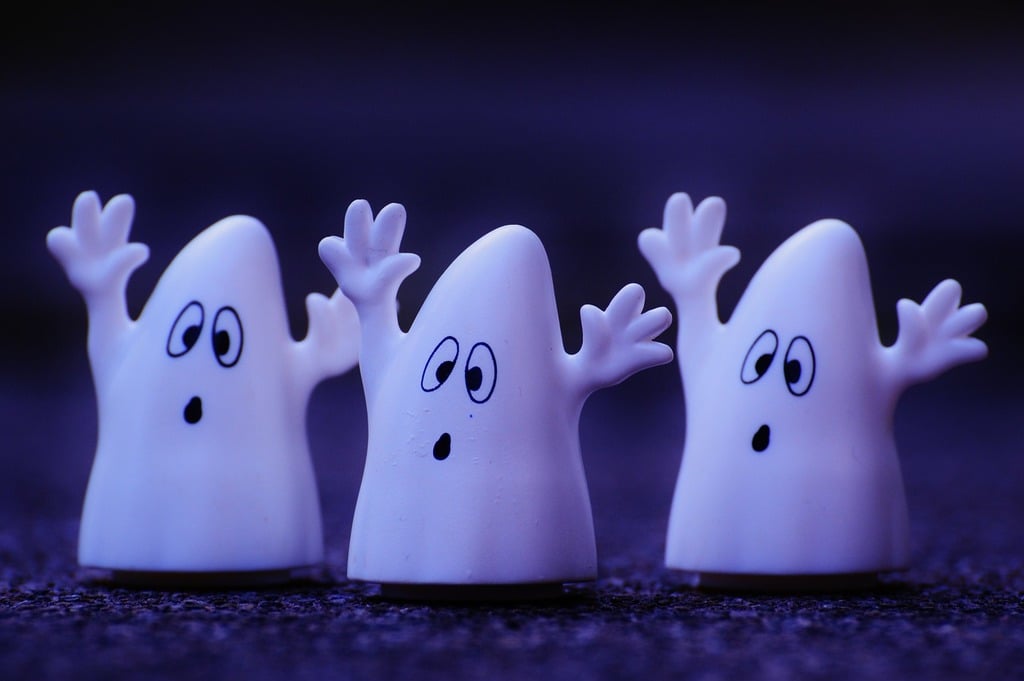
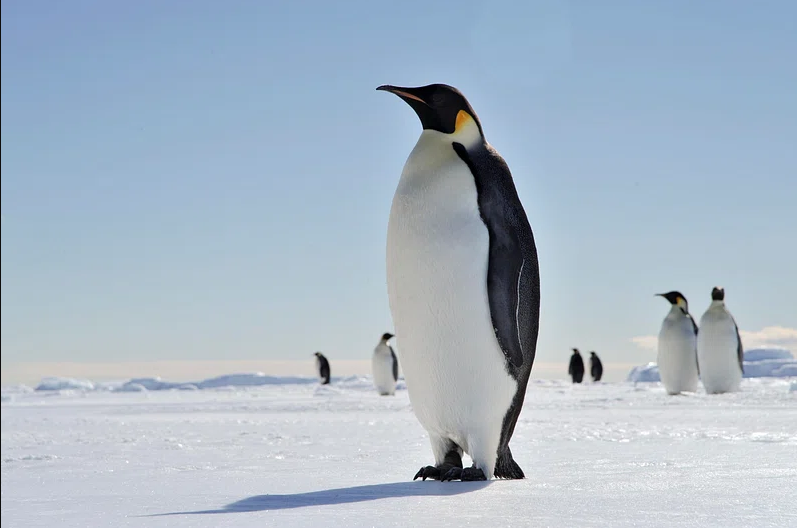










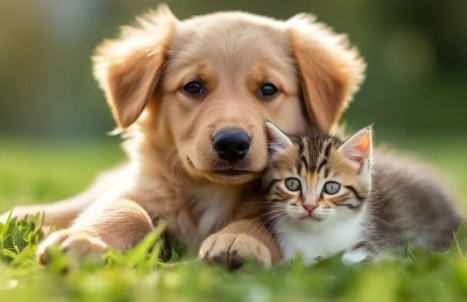


A P Mund • Jan 15, 2022 at 9:30 pm
Very well written article.
Alexis Leduc • Jan 3, 2022 at 2:33 pm
bees are a menace to society aren’t they
Sriraaga Chillara • Dec 15, 2021 at 2:41 pm
Nice job.